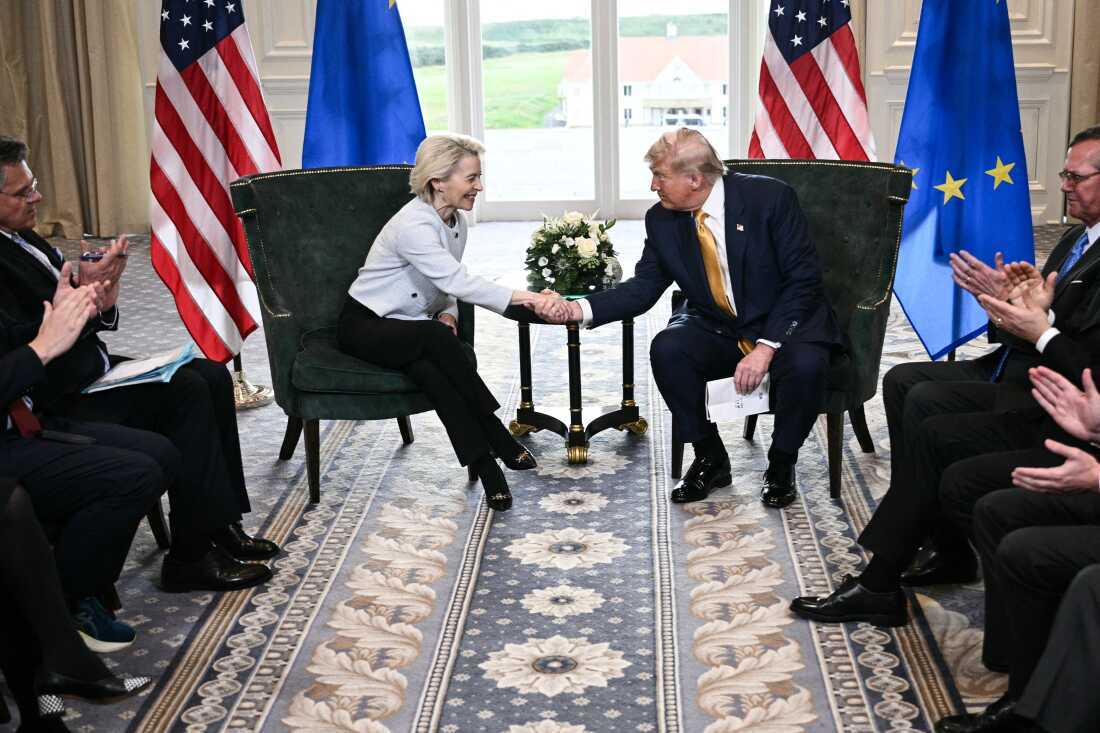How should financial leaders adapt their strategies to navigate this new era of trade volatility and geopolitical uncertainty?
In Quick Returns, we ask senior finance leaders to share their first impression on big news items that affect the finance function.
In early 2025, the Trump administration imposed and expanded a series of aggressive tariff measures, targeting imports from China, Mexico, and even traditional allies in Europe.
Framed as a strategy to protect American jobs and counter perceived trade imbalances, the new tariffs have reignited global trade tensions and raised fresh concerns about supply chain stability and inflationary pressure.
Governments around the world have responded with a mix of retaliation, regional trade acceleration, and renewed focus on economic self-reliance.
For senior finance leaders, these developments present a complex and fast-moving risk landscape. With tariffs once again being wielded as a tool of economic and political leverage, how should financial executives adapt their strategies to navigate this new era of trade and geopolitical uncertainty?
In Quick Returns we ask senior finance leaders to share their first impression on big news items that affect the finance function. This month we spoke with Niels Behrensen, CFO, Danfoss Climate Solutions and Sumit Chaudhary, Global CFO, Expondo. Here is what they said:
Behrensen: The need for a local-for-local approach intensifies
"As the tariff discussions in the United States resume at the start of the year, globally operating companies must navigate this complex situation. A primary step involves reviewing import codes for products that may qualify for tariff exemptions, such as those under the USMCA trade agreement.
For products affected by tariffs, companies will need to take decisive actions, including raising prices for customers, collaborating with suppliers to mitigate negative impacts, optimizing internal processes, and potentially renegotiating incoterms with customers.
Concurrently, companies are likely to explore strategic localization initiatives. Although localization has been a consideration in recent years, the urgency to adopt a "local for local" approach has intensified. However, given the fluctuating tariff rates and prevailing uncertainties, decisions regarding significant investments will be carefully deliberated and may require time. The prevailing trend suggests that global trade will face increasing challenges in the future.
The current tariff situation poses significant challenges for many companies worldwide, as rising costs necessitate both short- and long-term mitigation strategies. Additionally, tariffs may lead to a temporary market downturn. Consequently, companies will reassess their strategies during these uncertain times.
Hiring for open positions may be paused, travel and training budgets reduced, and external services and projects postponed where feasible. Immediate actions to safeguard financial results are already underway, alongside more strategic decisions that will adjust the company's operational model to align with current and future market conditions. As recent years have demonstrated, stability is not guaranteed, and disruptions are likely to persist."
Niels Behrensen, Chief Financial Officer, Danfoss Climate.
Chaudhary: Supply chain volatility is the new normal
"With the import surge port congestions, container scarcity & tightening freight rates are a reality. Key European terminals like Antwerp, Rotterdam and Hamburg are operating at over 85% capacity leading to diversions and delays. In the short-term finance and business leaders must find alternate routes, ports, and work diligently with suppliers to re-balance goods delivery.
Depending on how constrained the cash flow is, scenario planning will enable anticipating the incremental resource need enabling conversations to optimize spends in other areas to cover for these costs.
In the medium term, given that supply chain volatility is a new normal, businesses must start incorporating tariffs (trade barriers) and supply chain volatility as part of ongoing strategic business to build supply chain resilience, understand & build mitigation strategies for potential impact of barriers and volatility on product pricing and bottom line."
Sumit Chaudhary, Global Chief Financial Officer, Expondo.

Riana Francis is a Reporter for the Bottom Line Brief.


